Bow Hand Grip – The Importance of "Grip" on Consistency
Good fundamentals and proper form are the keys to success in almost any aspect of life, and it’s no different for archery. A strong foundation and understanding of what elements are important to achieve good form is the first step toward becoming a successful archer. Some of the key components are draw length, anchor, stance, bow arm and draw arm elbow position and posture. Good form will allow you to practice archery knowing that you’re positioning yourself in a manner that works for most shooters – the textbook, cookie cutter form that most of us try to mimic. We do this because it is the most proven at producing good results.
Of all the elements that make up good form, “grip” or how the bow is held in the hand of the archer is possibly the most critical. This transcends throughout all respective disciplines of archery: compound, traditional, target shooting, hunting, you name it. Poor grip technique and especially poor grip consistency can be the cause of inaccuracy, tuning issues, magnified left and right misses, and even making your hold at full draw less steady. Adopting a proper grip technique will make your time spent practicing more effective and enjoyable.
How to Properly Grip the Bow
The best way to form a proper bow grip technique is simple; hold out your grip hand and make a ‘V’ between your thumb and index finger. Your knuckles should be pointed outward approximately 25-45 degrees. Draw an imaginary line from the deepest part of the V down through the palm.
This line connects the radial crease of the hand to the radial bone in the arm, where it meets the wrist. Place this line at the center of the bow grip as a starting point, and let your fingers naturally relax around the bow's grip. The reason for using this part of the hand relates not only to bow torque but also to promote a more solid hold. Having the bow directly in line with the radius bone in the arm will keep the bow arm and elbow to shoulder alignment more linear, which will result in a better hold in most cases. Think of the connection between your hand and arm as a solid member or post. When utilizing this grip technique, you are creating the most solid and stable foundation for your bow to hold against at full draw.
Now is where good grip starts to get more technical. Depending on the bows grip angle (like pistol grip angle), the bow may be easier to shoot accurately with more pressure towards the top of the hand (bottom of the V), or towards the bottom (wrist). This is referred to as high or low wrist grip, respectively. If you are unsure which grip style will work best for you and your bow, don’t worry. The best place to start is a neutral and even pressure, biased towards the low wrist style if you’re shooting a newer compound bow. Start experimenting with different pressure regions to determine what works best for you. Believe it or not, as you experiment from high to low wrist grip style on the same bow, there will be a noticeable spot that left and right misses will be better or worse. This is where practice and experience with your bow come into play.
Generally, most of the compound bows today are designed for shooters to use a low wrist grip style, while for traditional or recurve shooters, a high or medium grip is most common.

So now that you know where to place your hand on the bow, you are probably wondering, “what do I do with my hand and fingers at full draw?” As you are applying pressure to your hand when drawing the bow back, you should relax the fingers, letting them rest naturally. If your hand position is good, you will likely have your index fingertip and middle fingertip on the front side of the riser, possibly resting lightly on it depending on hand size, and your middle and pinky finger off to the side.
This is not intuitive and takes practice before feeling comfortable. It is common for new shooters to be intimidated by relaxing the bow hand, fearful of dropping the bow during shooting. If the alignment is good, however, the bow will rest firmly in your hand. Many instructors will teach new archers to place only the index fingertip on the front of the riser when shooting, which helps remove some of the fear of completely relaxing the hand. If dropping your bow remains a worry, a wrist sling is a great addition that will let you focus on perfecting your grip without the worry of dropping your bow.

The most commonly seen incorrect grips are what I refer to as a “death grip” and “open hand." With the death grip, your fingers will wrap around the grip, like you are holding a baseball bat or golf club.

With this much of your hand on the riser, you will find that it is difficult to create proper elbow alignment, and have issues with left and right inconsistency. The pinky is the one finger that I don’t like to see touching the riser at all. Usually, if a person is touching the riser with their pinky, they are gripping the bow too much. I refer to an open hand grip when I see someone extending their fingers straight out and rigid, all facing outward from the riser. Many might see the open hand technique as intuitively better because more of the hand is removed from the riser. What really happens when the hand and fingers are held open is the muscles create pressure points on the riser that result in torque.
This rigidity in the hand can even be the cause of a bow that doesn’t “settle." Often, when a shooter comes to full draw the bow will rock left and right in their hand, making it difficult to settle the sight pin on target, or level the bubble in the sight. Both grips mentioned will create unwanted torque on the riser, and result in magnified left and right misses, so it is best to relax the hand and let the fingers lay naturally.
Consistency AND Proper Technique
As with all precision shooting sports, repeatability is key. Archery is a muscle memory sport. The amount of practice required to create that muscle memory is dictated by the level of accuracy that the shooter is looking for. For hunters, some may only need or want the accuracy to take a whitetail deer at 30 yards or less. This may mean they personally only need 20-30 shots per week practicing in the months leading up to deer season to be proficient. For the champion recurve and compound target shooters, this may mean 150-250 arrows shot per day for the month leading up to a large tournament. These numbers will vary largely by the goal set by the shooter.

Like many sports, there are the occasional exceptions to the rule regarding elements of proper form. Look at various sports and take some of the best athletes in the world and you can see certain fundamentals executed with slight differences. For archery, anchor, draw length, lean, release hand position, and stance are a few areas where you may observe some variance in the “pro’s” technique. One thing you won’t see much variance in is their grip. Fortunately for us archers shooting modern day engineered bows, grip geometry is designed to provide accurate results for a variety of shooting styles. The bow grips tend to be more neutral in geometry, not forcing the shooter to hold the bow one certain way to shoot accurately. Strictly by appearance, you see a much thinner, flatter backed grip than you would have from bows decades ago. Grips from that era may have been more comfortable in the hand, but comfort does not always equate to accuracy. The fact of the matter is, it is EASIER to be accurate now than it ever has been.



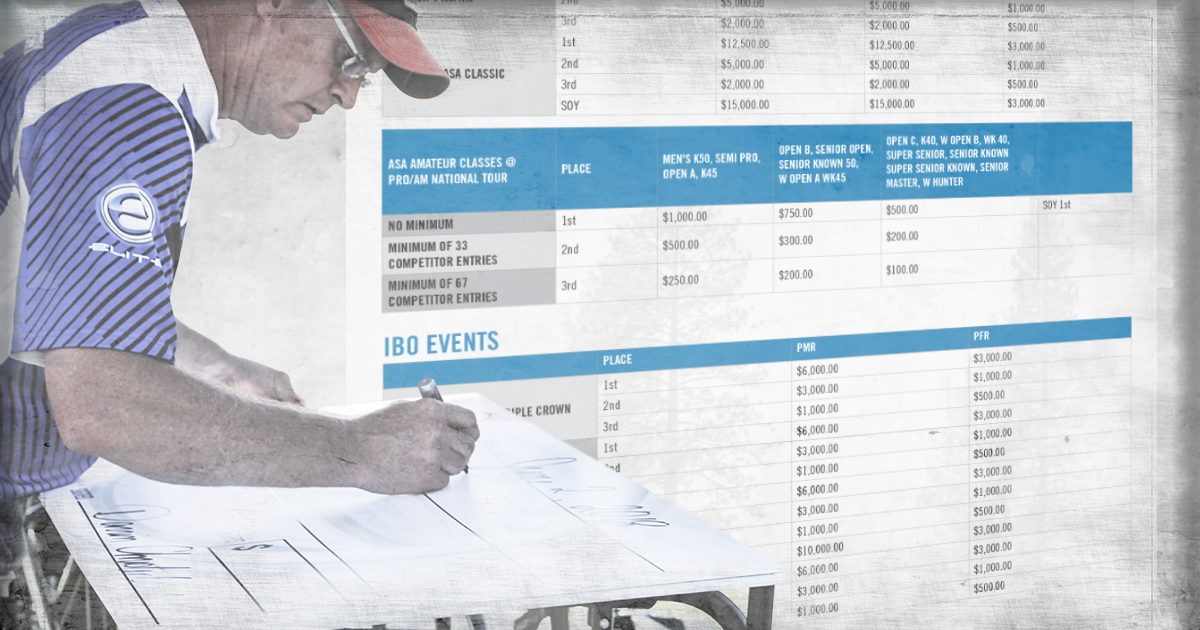
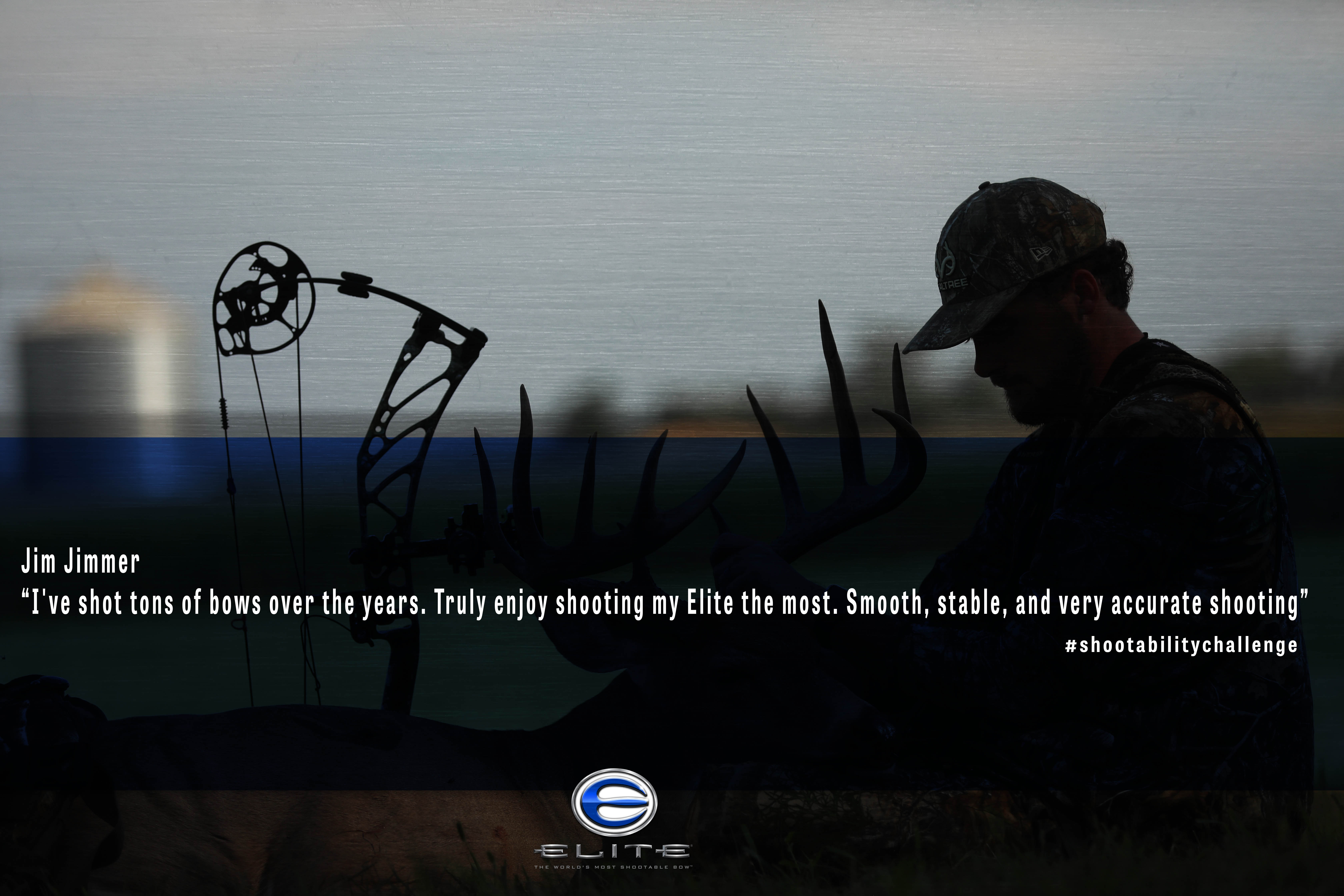


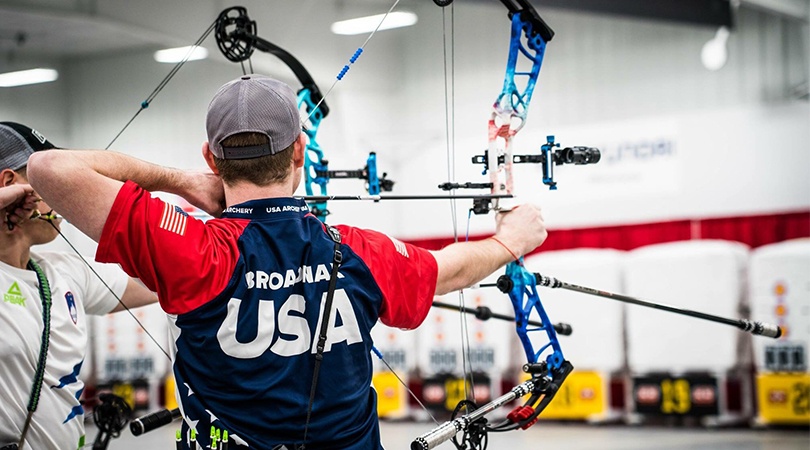
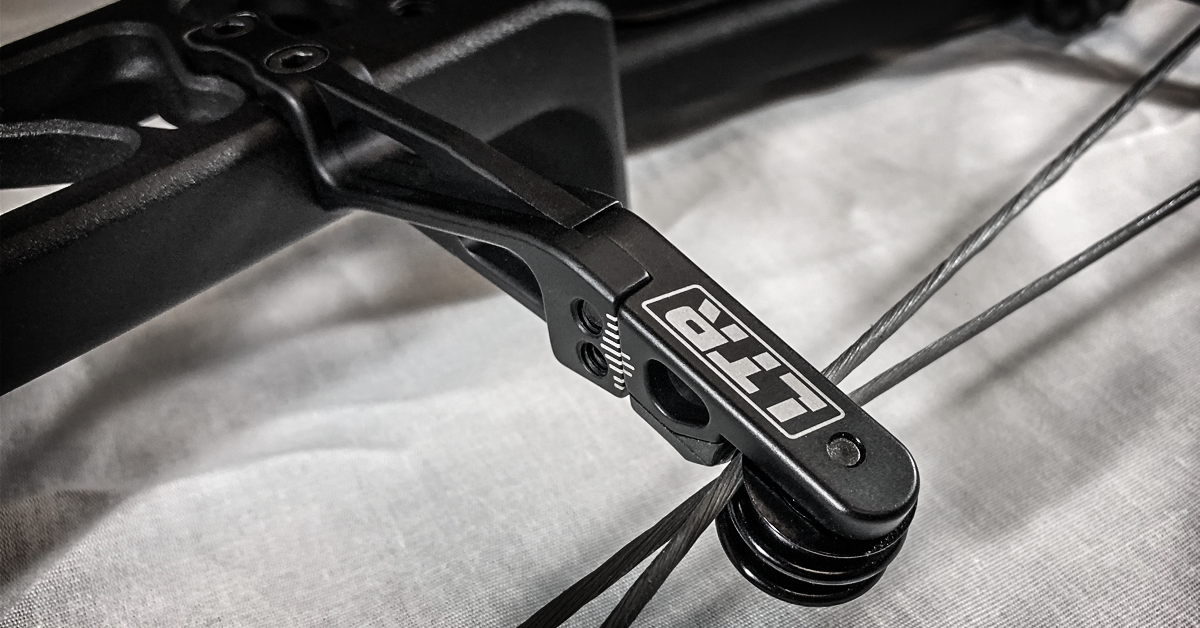
.png)
